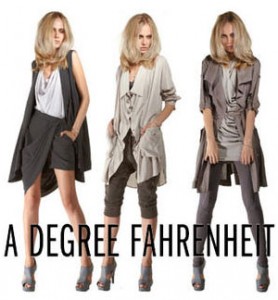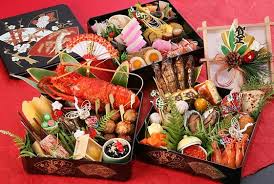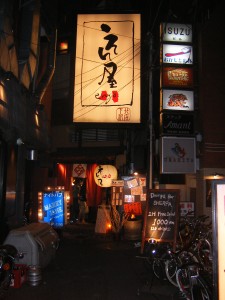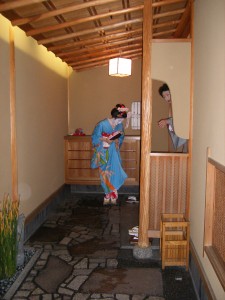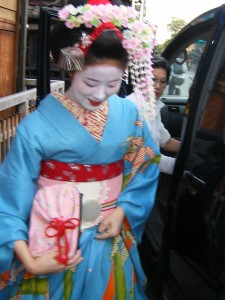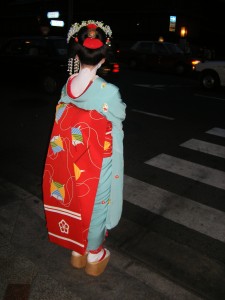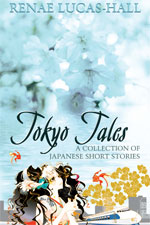I’ve been looking at various magazines and TV programmes to find out what is popular in Tokyo this season and I’m seeing a big trend towards vests and gilets for both men and women, on the streets this winter. Elegant versions can be worn to create a more polished finish and thicker styles will achieve a stronger sense of functionality. For women, I particularly like vests trimmed with shearling. I also adore the Arun knits with their textured cable patterns in deep shades like burgundy and teal. Contrast any of these with plain shirts and tops to reveal a pop of colour.
Men continue to stand out in the puffer vests worn as outerwear – a trend that has already been popular for the last few years.
A Japanese fashion brand that has really emerged in Tokyo called A Degree Fahrenheit by Yu Amatsu is well worth a mention. I’m loving his interpretation of the long drape vest (see below). Amatsu worked in New York for fashion wizards like Marc Jabobs and Jen Kao. I’m sure that after the Mercedes-Benz Tokyo Fashion Week 2013/14, the whole world will easily become entranced by his attention to detail and structure.








